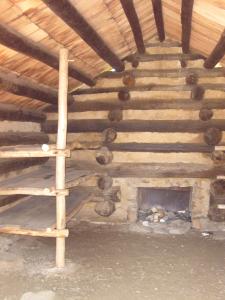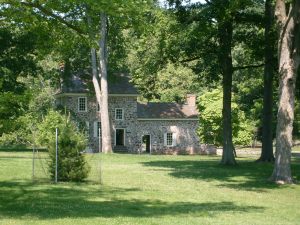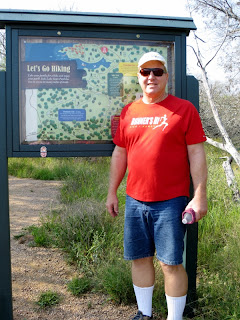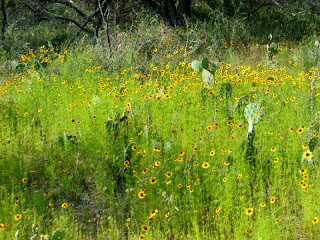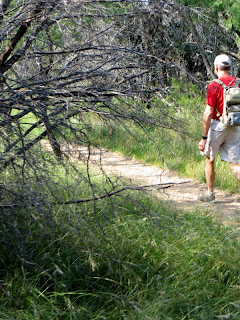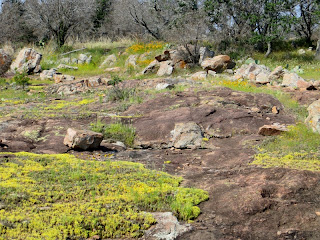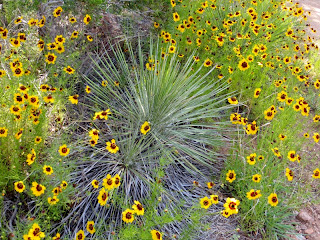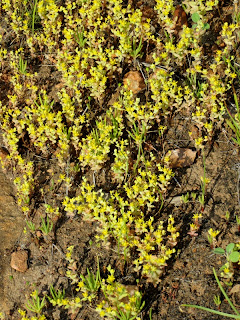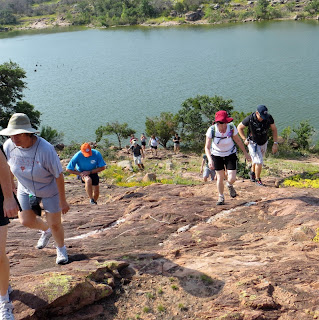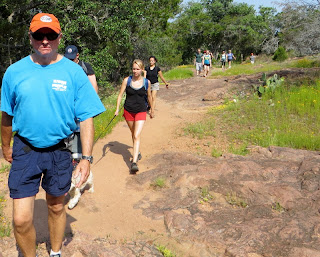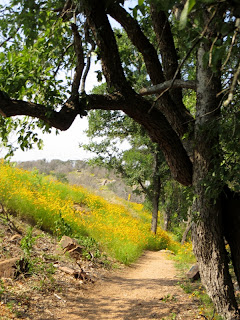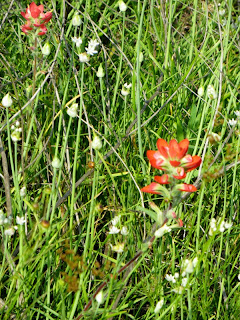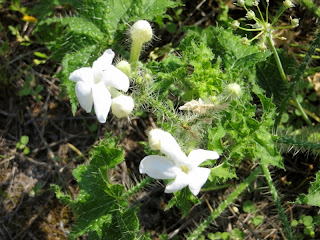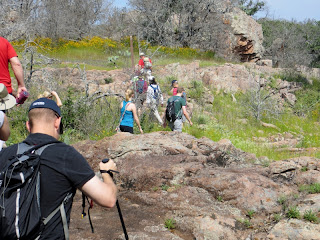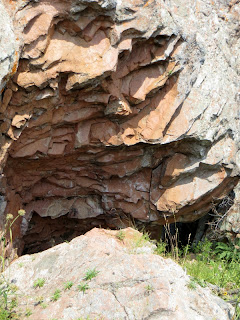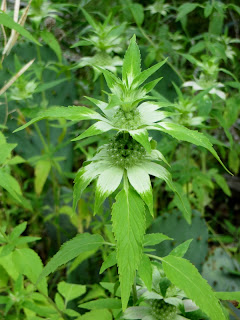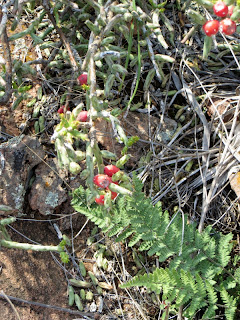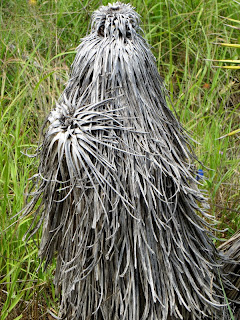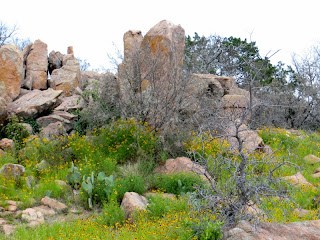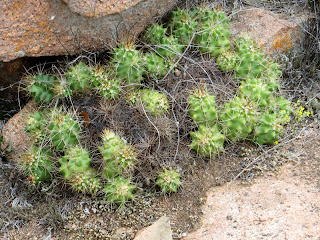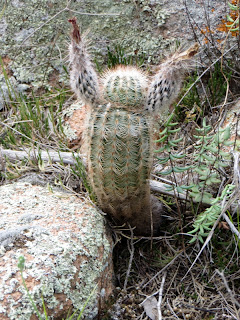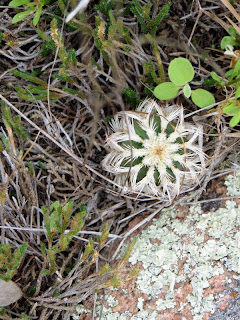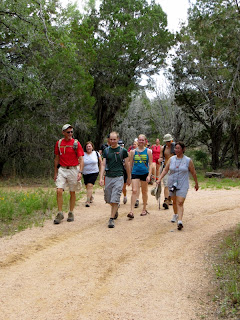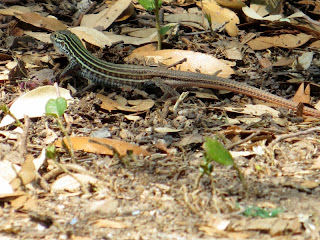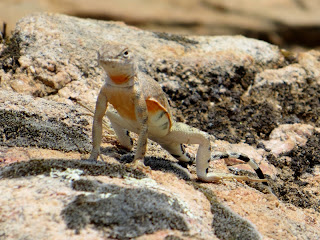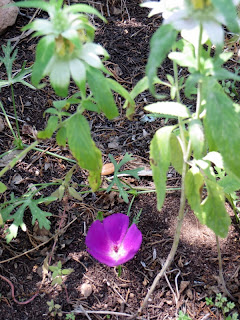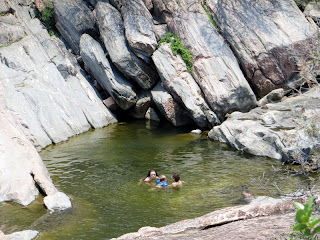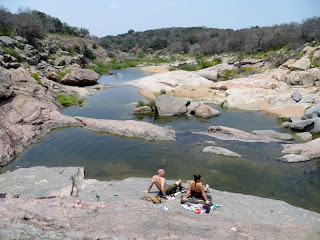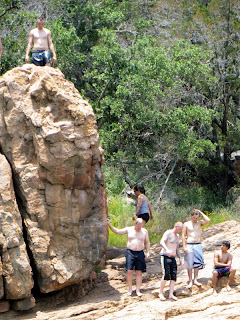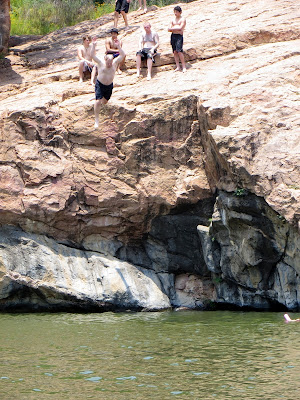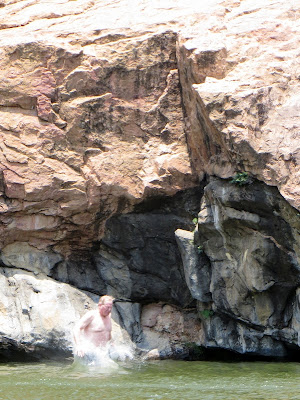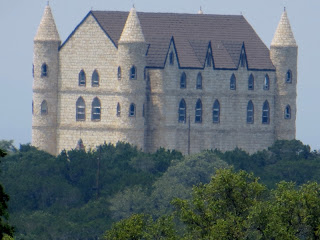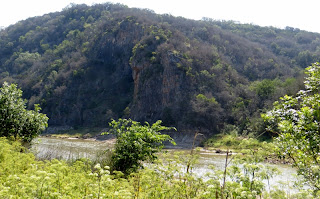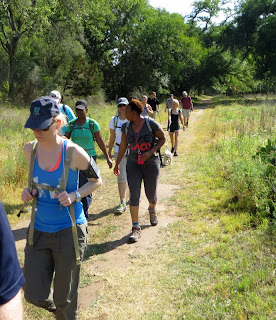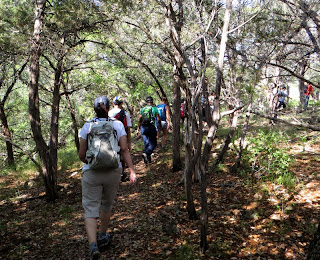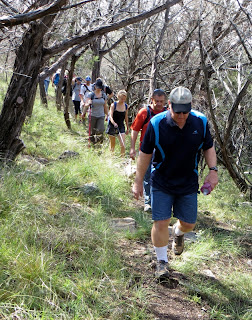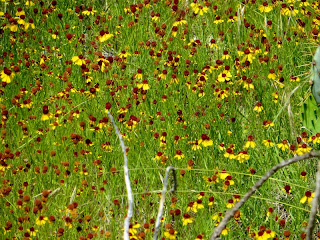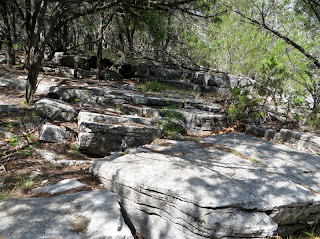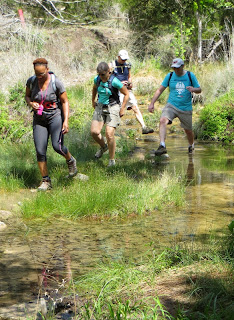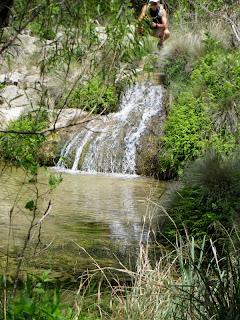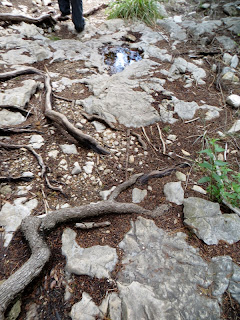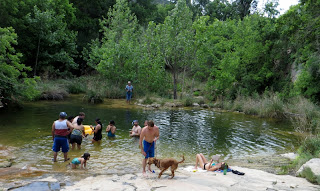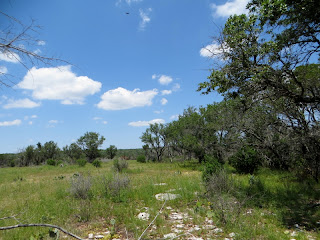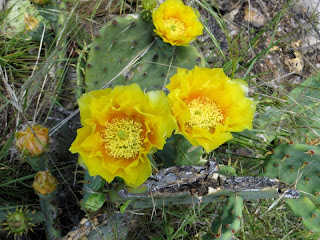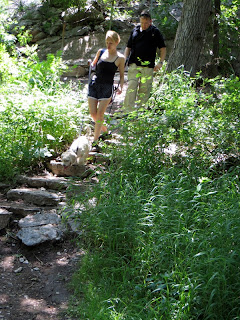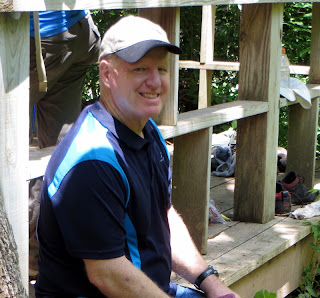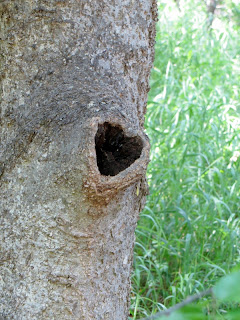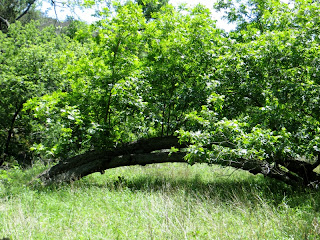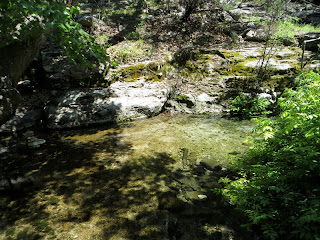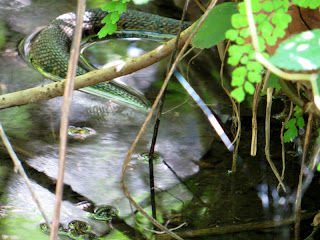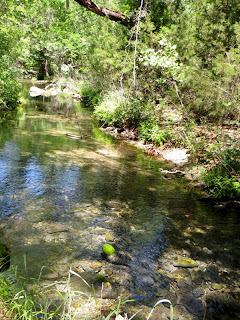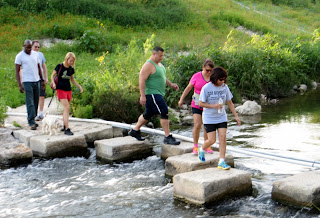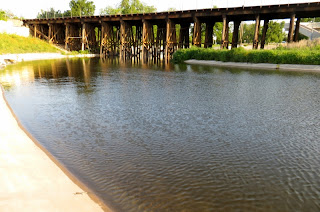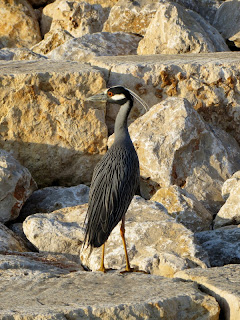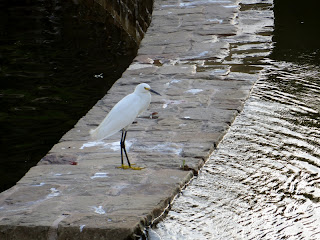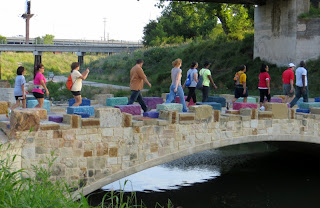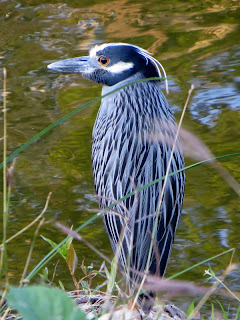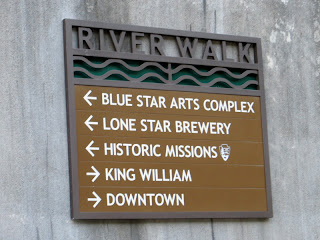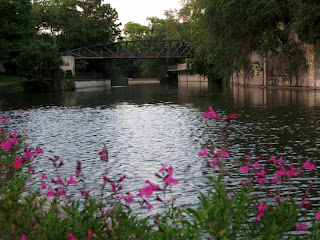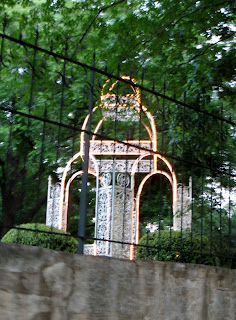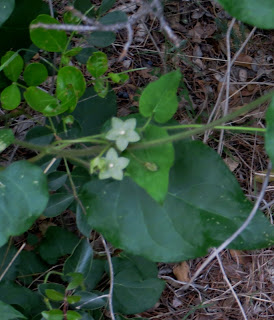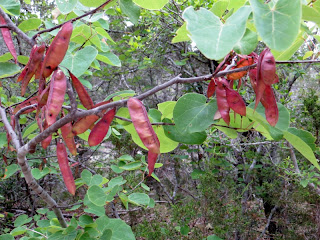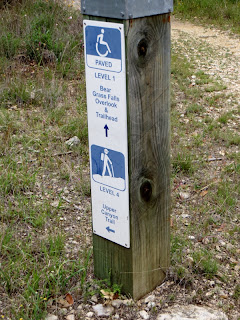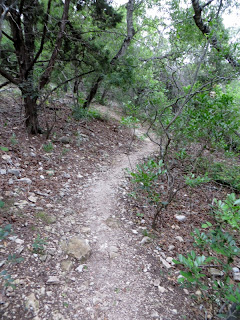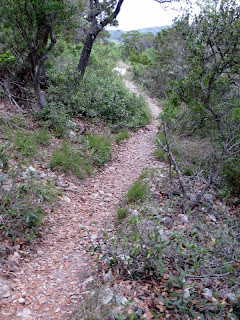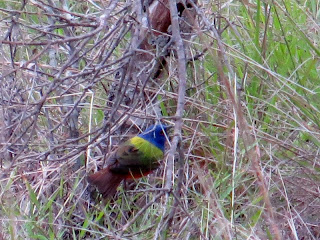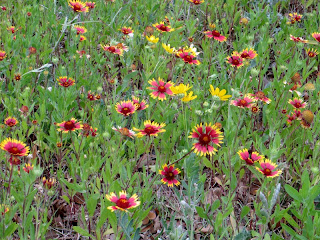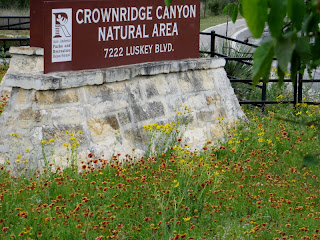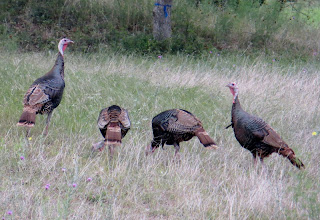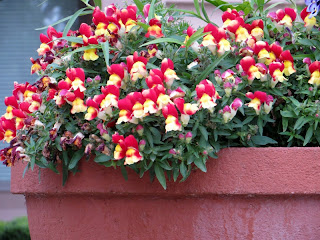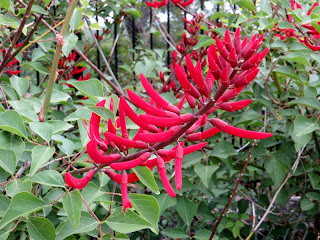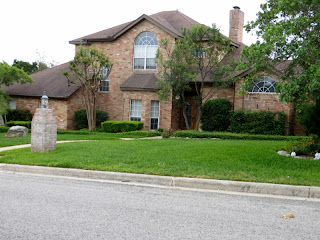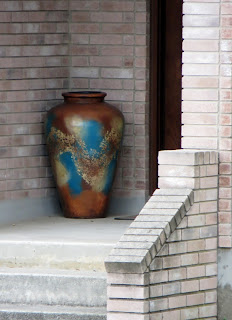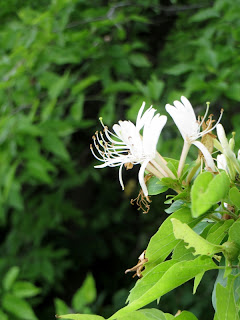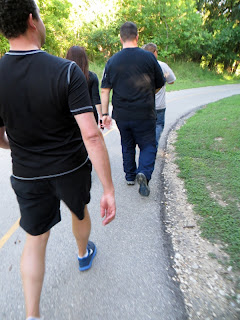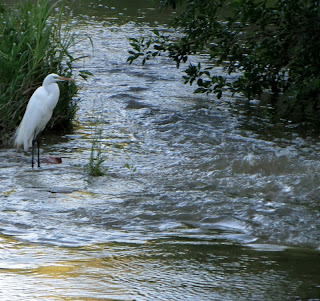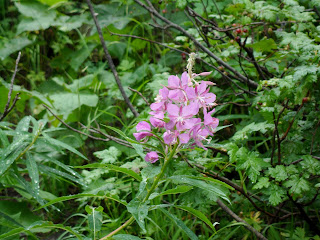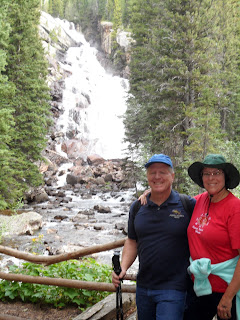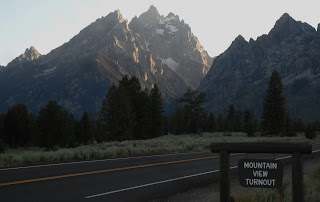Remembering Memorial Day 2010
Three years ago, I had the opportunity to participate in the Memorial
Day walk at Valley Forge National Historical Park in southeastern
Pennsylvania. Valley Forge is where General George Washington set up
winter camp in December 1777 while the British army under General
William Howe occupied Philadelphia (and the Continental Congress headed
west to Lancaster and York). This wasn’t my first visit to Valley Forge;
in fact, I almost worked there as a seasonal park ranger during the
summer of 1991 while in graduate school (but I had a better job offer
closer to home), and I have visited there many times. This trip,
however, would be different for a variety of reasons, most notably that I
learned something new (which at this point doesn’t happen often when I
visit historic sites related to the American Revolution) and that it led
me on an adventure that summer that included visiting a total of eight
(or nine, depending on how you count) historic sites related to the
American Revolution.
My first visit to Valley Forge was in the summer of 1978, when my
family traveled to Pennsylvania from Houston to visit relatives, and,
since we were in the neighborhood, we stopped at Valley Forge before
heading to Philadelphia. The next time was when I was a graduate student
at Penn State and accompanied the History Club on a trip to
Philadelphia, one that was led by my advisor, who had attended graduate
school at the University of Pennsylvania (and knew Philadelphia like the
back of his hand). Throughout the mid-1980s, I visited the park several
times on my days off when working at Hopewell Furnace NHS, including an
opportunity to observe the reenactment of the Continental Army’s
departure from Valley Forge in June 1988.
Each time I visit the park, I learn something new, whether it’s about
the construction of the log houses that replicate where the Continental
Army troops lived during the winter of 1777-1778 to soldier life to
details about Martha Washington’s visit to the camp that winter. The
park has changed a bit since my first visit 35 years ago, with new
exhibits in the Visitor Center and new wayside signs around the park.
The purpose of the Memorial Day walk, according to the ranger who led
it, was to commemorate the troops who had served in the Continental
Army during that winter. We followed the Joseph Plumb Martin Trail,
named after one of the Continental soldiers who was part of the
encampment and who often went out on foraging expeditions to gather food
for the troops.
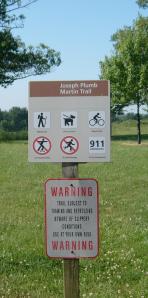
Signage
for Joseph Plumb Martin Trail. I’m sure the Continental soldiers would
have enjoyed skateboarding, even though it’s forbidden.
The walk went from the Visitor Center to the Memorial Arch and back,
with stops at markers to lay wreaths and flowers to honor the soldiers
who served (and perished) during the encampment. On the return, we were
allowed to walk at our own pace…and, in the process, stop and observe
some of the reenactors who were demonstrating drills and camp life
during that winter.
She first pointed out that the legend of “bloody footprints in the
snow” really was not accurate, as the soldiers did have shoes—but they
were worn. In addition, more soldiers died of disease in the spring, as
influenza, typhoid, and dysentery spread through the camp between March
and May. The winter was actually warmer than usual, allowing troops to
begin training under the leadership of Baron Friedrich Wilhelm Augustus
von Steuben, a former Prussian military officer who drilled the troops
in the European style of fighting (which led to the Army’s victory at
the Battle of Monmouth Courthouse in June 1778).

Type of signage…in this case, in front of a statue of George Washington outside the Isaac Potts House

Stables outside Washington’s Headquarters…yes, the horses had better housing than the soldiers did.
In fact, according to the ranger, the devastation attributed to the
Valley Forge encampment actually is more accurate for the winter camp at
Morristown, New Jersey in the winter of 1780-1781…and thus began my
vision for what I refer to as the American Revolution Magical History
Tour, during which I visited eight state and national parks that
included the War for Independence as part of its interpretive focus.











